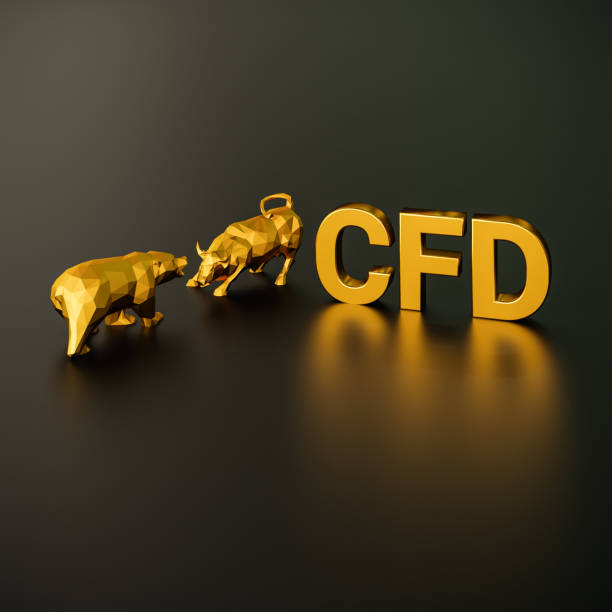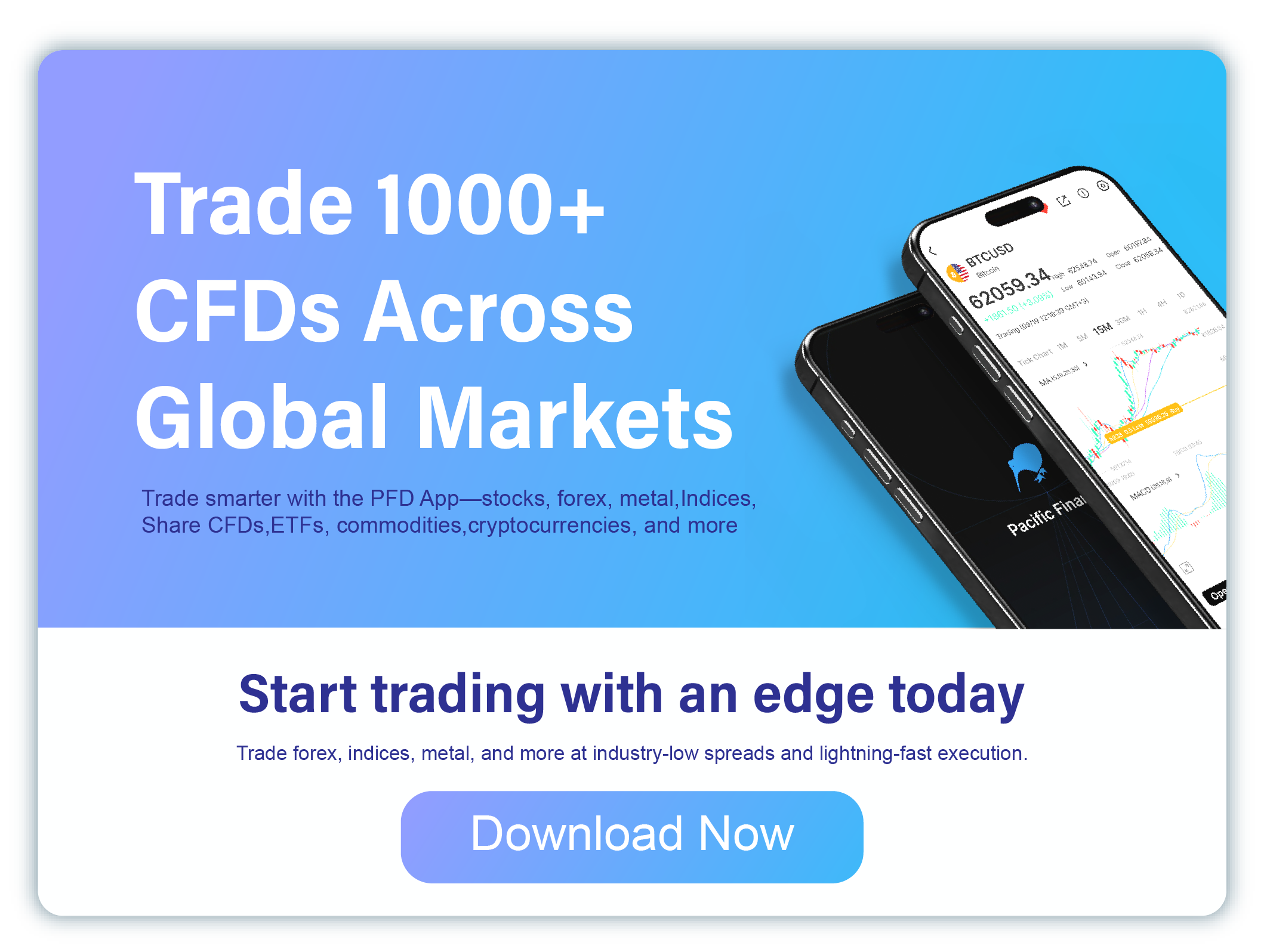Contract for Difference (CFD) trading is a popular method of investing and speculating in financial markets. Unlike traditional investing, where you buy and own the underlying asset, CFD trading allows you to speculate on the price movements of assets without actually owning them. This method is attractive to investors because it offers leverage, the ability to trade on margin, and access to a wide range of financial markets. However, CFD trading also carries substantial risks, especially for novice investors. This article provides an in-depth explanation of CFD trading, its features, benefits, and potential risks.
What is CFD Trading?
CFD trading involves entering into an agreement with a broker to exchange the difference in the price of an asset between the time the contract is opened and when it is closed. The asset can be anything from stocks, commodities, forex, indices, or even cryptocurrencies. CFDs allow traders to take positions on rising (going long) or falling (going short) markets without owning the underlying asset.
When a trader opens a CFD position, they are essentially agreeing to pay the difference between the opening price and the closing price of an asset. If the price moves in their favor, they make a profit; if it moves against them, they incur a loss. The leverage aspect of CFD trading means that you can control a large position with a relatively small initial investment, magnifying both potential gains and losses.
The Mechanics of CFD Trading
When engaging in CFD trading, investors do not buy or sell the underlying asset. Instead, they are entering into a contract with the broker based on the price of the asset. The contract reflects the price movement of the underlying asset but does not involve any ownership of it.
For example, if an investor wishes to trade CFDs on a stock, they do not buy or sell the stock itself. Instead, they speculate on whether the price of the stock will go up or down. If the trader predicts the price will go up, they “go long” on the CFD, and if they believe the price will fall, they “go short.”
The trader’s profit or loss is based on the difference between the opening and closing price of the CFD. The amount of profit or loss is also influenced by the size of the position taken and the leverage applied.
Types of Assets Available for CFD Trading
One of the key advantages of CFD trading is the wide variety of assets that can be traded. Some of the most popular include:
- Stocks: Traders can speculate on the price movements of individual stocks from major exchanges.
- Commodities: CFDs are commonly used to trade commodities such as gold, oil, and natural gas.
- Forex: CFD trading in the forex market allows traders to speculate on currency pairs, such as EUR/USD.
- Indices: Traders can take positions on stock market indices like the S










